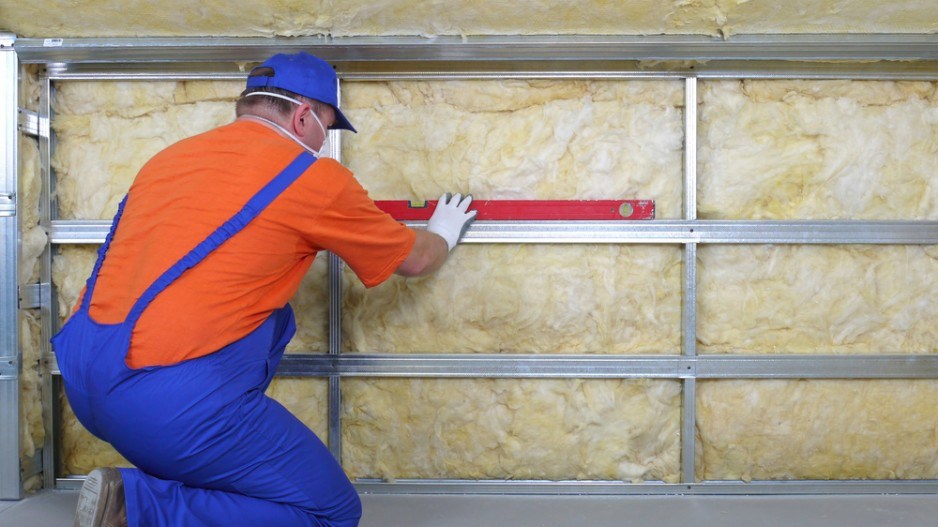The province needs a loan program to fund home energy retrofits, according to the Pacific Institute for Climate Solutions, saying this will be a shot in the arm for the economy, reduce greenhouse gas emissions and reduce energy costs.
The University of Victoria-based group is calling for the province to spearhead a program that would allow homeowners to repay the cost of these retrofits through their utility bills.
“This is effortless policy magic. It costs the public purse essentially nothing, yet it saves B.C. a significant amount of electricity,” said Tom Pedersen, executive director of the institute.
Under what’s called on-bill-financing, energy utilities provide loans to homeowners to pay for renovations such as insulation, solar hot water, heat pumps and draft-proofing. The loan payments are added to utility bills, but in theory, with decreased costs of energy, there would be little net change in utility bills until the loan is paid off.
The province tested the scheme in 2012 with residents in Colwood and the South Okanagan. It was deemed a failure due to low interest from homeowners.
The PICS paper, Cheaper Power Bills, More Jobs, Less CO2, notes that with some changes, on-bill-financing could be a boon to homeowners and the province.
“There should be a desire on the government’s part when they see the numbers,” said report co-author Carter Williamson.
“Essentially it would cost the public purse nothing, but it would create $60 million in economic activity in the province. For every $1 million invested in this area, 18 jobs are created.”
The study looked at 30 on-bill-financing programs in Canada, the U.S. and the U.K. and found changes that could make it work here.
Williamson said to be a success, the province has to spearhead the project, contractors have to buy in and it has to be easy for homeowners to get involved.
The most important factor may be the contractors, who tend to be the biggest advertisers of the project, he said. The study found that 67% of people joined an on-bill-financing program because their contractor mentioned it. “They weren’t on board [when B.C. ran the pilot program].”
The B.C. program also suffered from underwriting issues.
“The criteria was too strict, it appeared to be designed for a traditional loan instrument,” Williamson said.
“But OBF isn’t a traditional financing product; the default rate in Manitoba, for example, was 0.48%, and it ranged from 0-3% in all the programs we studied.
“The point of this project is not to get people with the best credit — they can get loans themselves. This is to get to everybody.”
Based on 12,000 homes retrofitted a year, the PICS report suggests the program could save the province four terawatts of energy after 20 years, reduce greenhouse gas emissions by three million tonnes, spur $60 million annually in additional economic activity and create as many as 1,000 direct and indirect full-time jobs.
The average project size in Manitoba was $5,000, 47% of projects were windows, 33% replaced furnaces and 15% replaced doors.
Times Colonist



